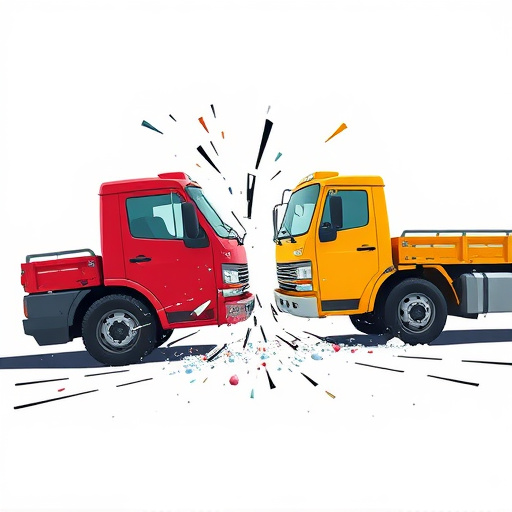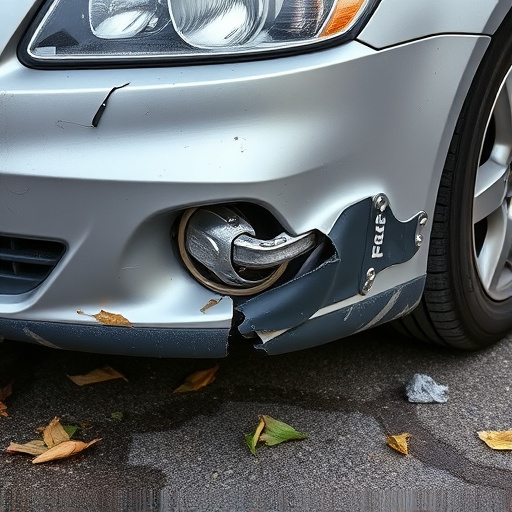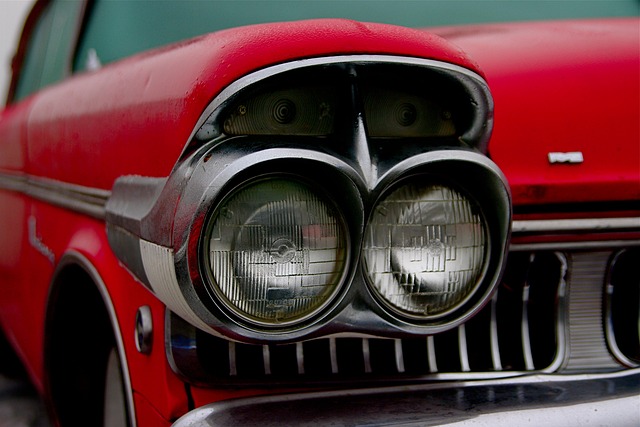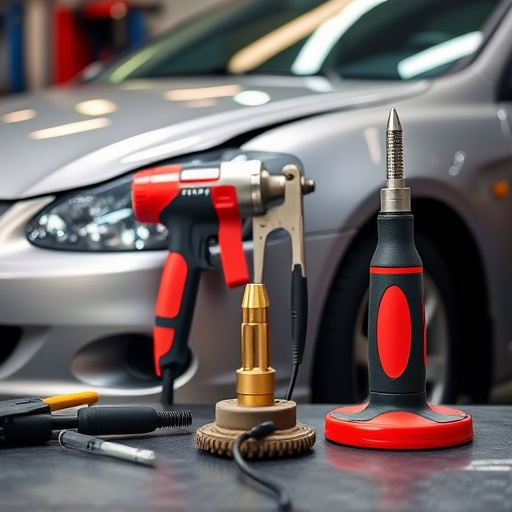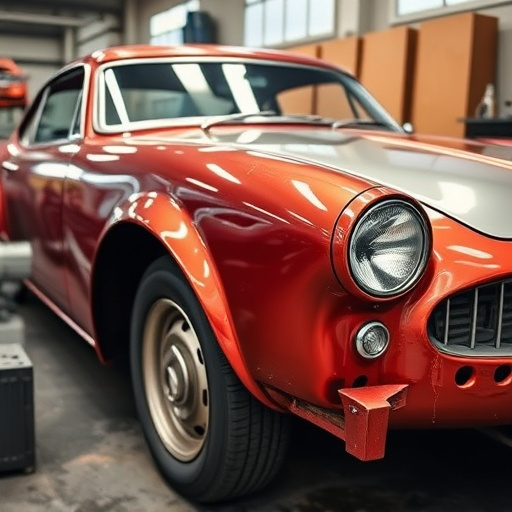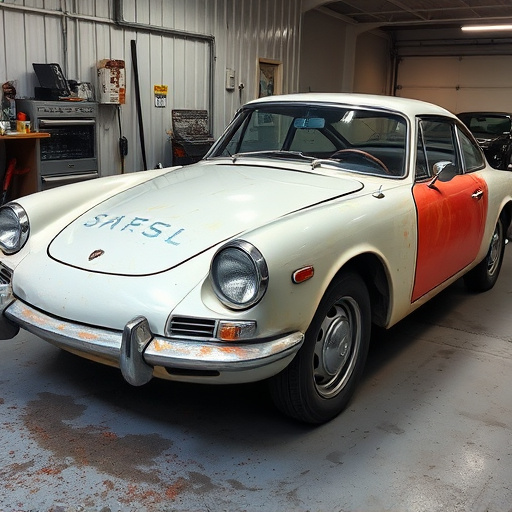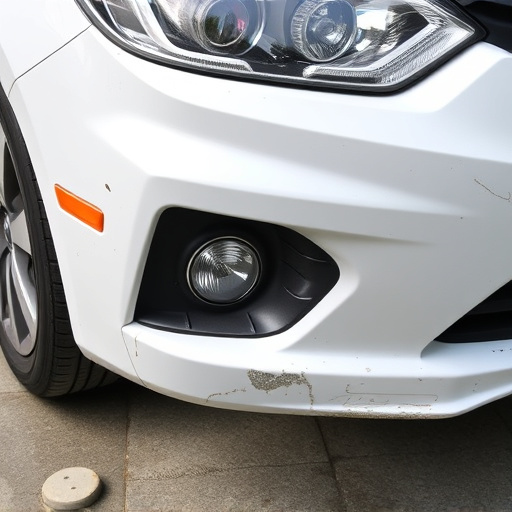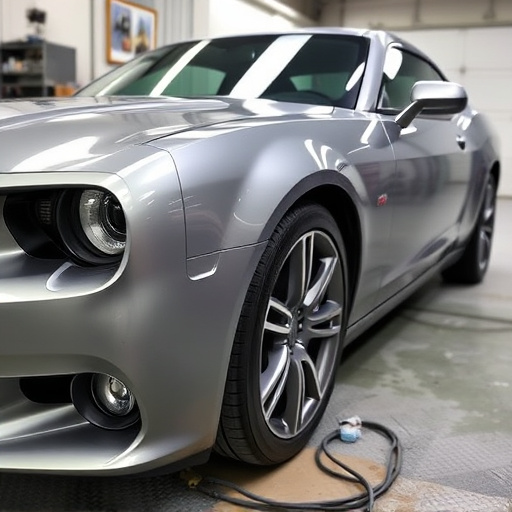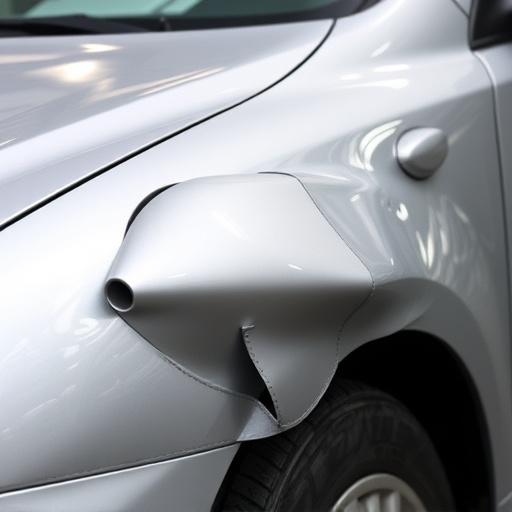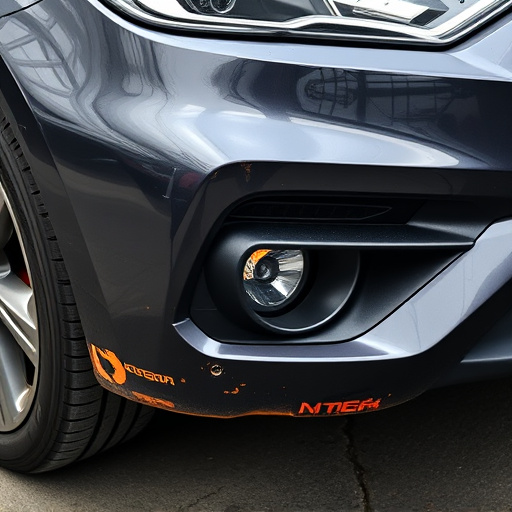Collision repair audits ensure high-quality automotive repairs by focusing on precise paint matching using advanced tools like spectrophotometers. They consider environmental factors to prevent color fading or shifting, maintaining structural integrity and resale value. Regular audits act as quality assurance, addressing deviations, inspecting texture and finish uniformity, comparing against specifications, and fostering continuous improvement.
Collision repair audits are essential for maintaining paint matching and color consistency in vehicle restoration. This comprehensive guide delves into the intricacies of these audits, focusing on understanding their significance in quality assurance. We explore key aspects of evaluating color consistency, from spectral analysis to visual inspection, empowering professionals with effective audit procedures. By implementing these practices, collision centers can ensure top-tier repairs, enhance customer satisfaction, and maintain a reputation for excellence in collision repair services.
- Understanding Collision Repair Audits for Paint Matching
- Key Aspects of Color Consistency Evaluation
- Implementing Effective Audit Procedures for Quality Assurance
Understanding Collision Repair Audits for Paint Matching
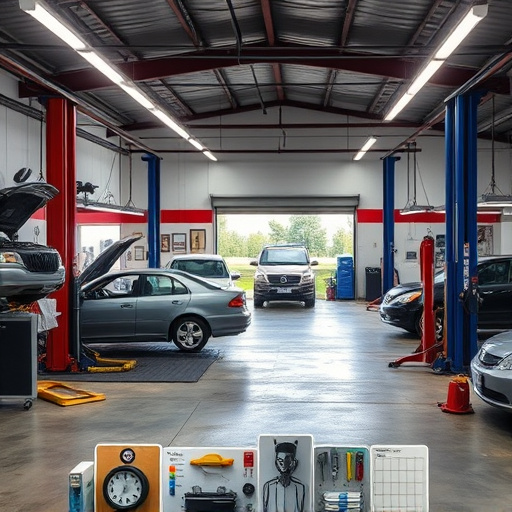
Collision repair audits for paint matching are a critical component of ensuring high-quality automotive collision repair. These audits involve meticulous inspections and comparisons to verify that the repaired vehicle’s paint job precisely matches the original factory finish. It’s not just about achieving an aesthetically pleasing result; it’s about maintaining the car’s structural integrity, preserving its resale value, and giving owners peace of mind.
During a collision repair audit, trained professionals use advanced tools and techniques to assess color consistency across various surfaces. They examine the repaired area under different lighting conditions, using specialized equipment to detect even subtle variations in hue or shade. This rigorous process helps identify any discrepancies that may have occurred during the repair process, whether it’s due to human error, inadequate materials, or improper application techniques. By addressing these issues promptly, automotive collision repair shops can deliver top-notch car paint services, ensuring customer satisfaction and maintaining their reputation for excellence.
Key Aspects of Color Consistency Evaluation
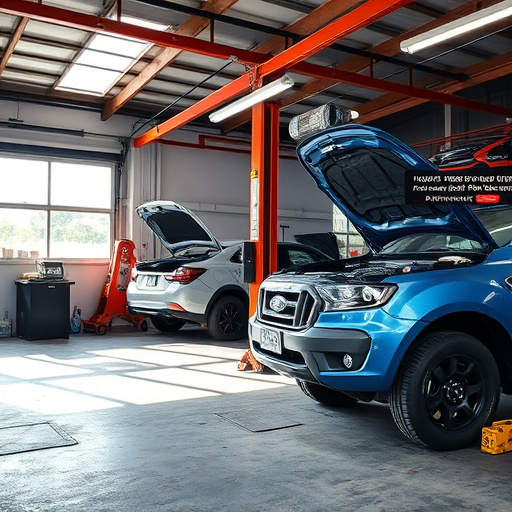
When conducting a collision repair audit for paint matching and color consistency, several key aspects must be carefully evaluated. The first step is to ensure that the base coat and clear coat are accurately matched in terms of shade, tone, and tint. This involves meticulous use of color measurement tools, such as spectrophotometers, which compare the measured values of the damaged area with the original finish. Deviation from the original specifications, even by the slightest amount, can result in noticeable discrepancies upon repair completion.
Additionally, the evaluation should consider environmental factors that could impact color consistency. These include light exposure, temperature fluctuations, and humidity levels during the drying process. Proper storage conditions before and after repair are also crucial to prevent color fading or shifting. By addressing these aspects during collision repair audits, professionals in automotive collision repair ensure that autobody repairs meet the highest standards of paint matching and color consistency, delivering visually appealing and durable results.
Implementing Effective Audit Procedures for Quality Assurance
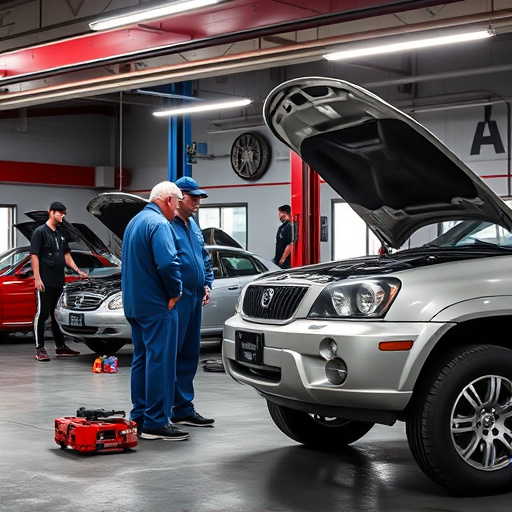
Implementing robust audit procedures is paramount for maintaining meticulous standards in collision repair, especially when it comes to paint matching and color consistency. These audits serve as a quality assurance mechanism, allowing professionals to identify and rectify any deviations from the desired outcome. A well-structured audit process involves several key steps: thoroughly inspecting repaired panels for uniformity in texture, shade, and finish; comparing against original specifications and industry standards; and documenting findings for future reference.
By establishing clear guidelines and protocols, collision repair facilities can streamline their audit procedures. This includes providing adequate training to staff on the latest color-matching techniques and utilizing advanced technology, such as spectrophotometers, to measure and compare colors precisely. Regular audits not only ensure the integrity of auto painting and car scratch repair work but also foster a culture of continuous improvement within the facility.
Collision repair audits, focusing on paint matching and color consistency, are pivotal for maintaining high-quality standards in the automotive industry. By understanding the key aspects of color evaluation and implementing robust audit procedures, collision repair facilities can ensure their work meets manufacturer specifications and customer expectations. These audits not only guarantee consistent, precise finishes but also foster trust and satisfaction among car owners, making them an indispensable tool in the pursuit of excellence within the collision repair sector.
